Iron "corsair" or "Nüremberg" chest Germany 17th/18th century Large iron chest with riveted protection bars and side pull handles, a large shield on the front. It opens from the top by means of a double key lock, on the front - the latter being a decoy - and on the lid, the latter enclosing an impressive lock over its entire inner surface. Two lugs allow the addition of a bar and two locks. This type of safe is the ancestor of our modern safes. However, it is designed to be transportable, with its two handles. The double-headed eagle that adorns the front is a heraldic emblem that tells us about the purpose of this safe. It holds in its talons a hand of justice and a sword, a reminder of the regal functions of the Holy Roman Empire. The double-headed eagle is found on coins and on the coats of arms of certain cities or regions (Franche-Comté) that have pledged allegiance to the Emperor, heir to the Rome of the Caesars and to the western half of their empire (the other half is ruled by the Basileus, who reigned in Byzantium-Constantinople until his fall in 1453: Kiev, then Moscow, took over this heritage, becoming "the third Rome", and keeping the Roman Eagle, which had become two-headed since Constantine's division). The closed crown, sign of the Empire, should be on the eagle's head, which may be due to an alteration, but more likely to the ironworker's desire not to multiply the embellishments on a piece intended above all to receive and parry blows, during travel or attacks. The art of ironwork was of prime importance in medieval and modern Europe. Although it was not as precious as gold -rare-, silver or bronze, it underpinned the small but essential industries of the time: it was used to make the irons that powered mills, cartwheels and all the moving and reinforcing parts of buildings. It is omnipresent in defense and attack: chain mail, helmets, armor, swords, arrowheads, spearheads, knives... Its work, which has to do with fire, is a bit like magic, and craftsmen have all their secrets. The creation of a chest like ours is even more complex: in addition to the beating of the metal, which is difficult to produce without a rolling mill, and the size of the pieces, all of which are handled "by hand" above the forge, it required the intervention of a skilled locksmith, or even a clockwork engineer, to design the machinery of the multi-penetration lock. The free city of Nüremberg (in Bavaria) had made a specialty of mechanical craftsmanship, from automata to toys, and developed trade links throughout Europe and the New World from the 16th century onwards. Traditionally, these chests could be taken on board ships, and fixed to the floor in the commander's room, where he deposited his belongings, papers and navigational instruments, or... his treasure. Perhaps the Chevalier de Haddocque's "La Licorne" was equipped with a similar chest?
Forziere "corsaro" o "Nüremberg" in ferro Germania XVII-XVIII secolo Grande forziere in ferro con barre di protezione rivettate e maniglie di trazione laterali, un grande scudo sul fronte. Si apre dall'alto per mezzo di una doppia serratura a chiave, sul fronte - quest'ultima è un'esca - e sul coperchio, che racchiude un'imponente serratura su tutta la superficie interna. Due alette permettono di aggiungere una barra e due serrature. Questo tipo di cassaforte è l'antenato delle casseforti moderne. Tuttavia, è stata progettata per essere trasportabile, con le sue due maniglie. L'aquila bicipite che orna la parte anteriore è un emblema araldico che ci parla dello scopo di questa cassaforte. Tiene tra gli artigli una mano di giustizia e una spada, a ricordare le funzioni regali del Sacro Romano Impero. L'aquila bicipite si trova sulle monete e sugli stemmi di alcune città o regioni (Franca Contea) che hanno giurato fedeltà all'Imperatore, erede della Roma dei Cesari e della metà occidentale del loro impero (l'altra metà è governata dal Basileus, che regnò a Bisanzio-Costantinopoli fino alla sua caduta nel 1453: Kiev, poi Mosca, ha raccolto questa eredità, diventando "la terza Roma" e mantenendo l'aquila romana, divenuta bicefala dopo la divisione di Costantino). La corona chiusa, segno dell'Impero, dovrebbe trovarsi sulla testa dell'aquila, il che potrebbe essere dovuto a un'alterazione, ma più probabilmente al desiderio del ferraio di non moltiplicare gli ornamenti su un pezzo destinato soprattutto a ricevere e parare i colpi, durante i viaggi o gli attacchi. L'arte della lavorazione del ferro era di primaria importanza nell'Europa medievale e moderna. Sebbene non fosse preziosa come l'oro - raro -, l'argento o il bronzo, era alla base delle piccole ma essenziali industrie dell'epoca: con essa si producevano i ferri che azionavano i mulini, le ruote di carro e tutte le parti mobili e di rinforzo degli edifici. È onnipresente nella difesa e nell'attacco: cotte di maglia, elmi, armature, spade, punte di freccia, punte di lancia, coltelli... Il suo lavoro, che ha a che fare con il fuoco, è un po' come la magia, e gli artigiani hanno tutti i loro segreti. La creazione di un forziere come il nostro è ancora più complessa: oltre alla battitura del metallo, difficile da produrre senza un laminatoio, e alle dimensioni dei pezzi, tutti trattati "a mano" sopra la forgia, è stato necessario l'intervento di un fabbro esperto, o addirittura di un ingegnere di orologeria, per progettare il macchinario della serratura a più penetrazioni. La città libera di Norimberga (in Baviera) si era specializzata nell'artigianato meccanico, dagli automi ai giocattoli, e aveva sviluppato legami commerciali in tutta Europa e nel Nuovo Mondo a partire dal XVI secolo. Tradizionalmente, questi forzieri potevano essere portati a bordo delle navi e fissati al pavimento nella stanza del comandante, dove egli depositava i suoi effetti personali, le carte e gli strumenti di navigazione, o... il suo tesoro. Forse la "La Licorne" dello Chevalier de Haddocque era dotata di una cassa simile?
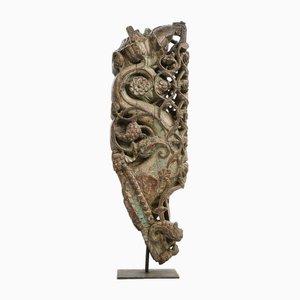
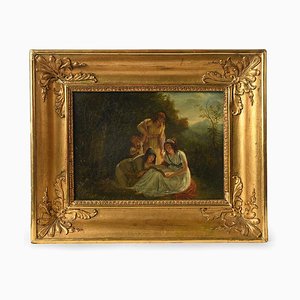

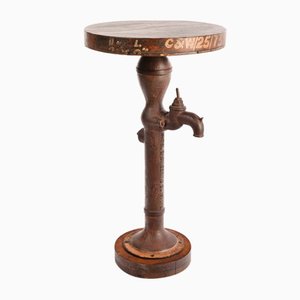
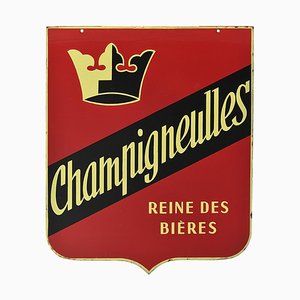
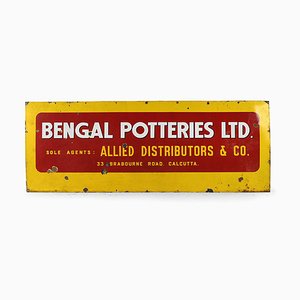
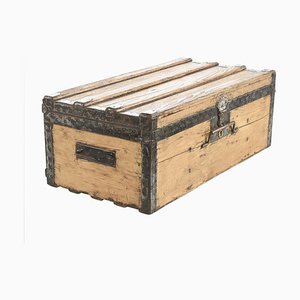
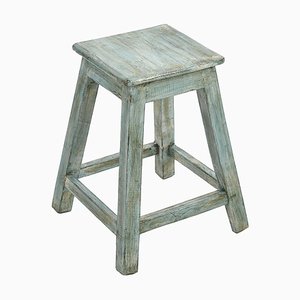
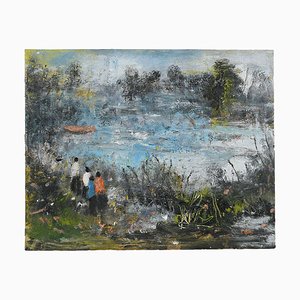
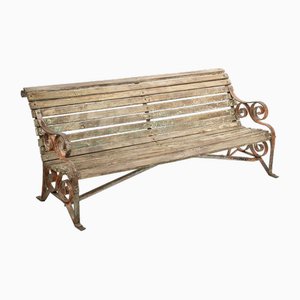
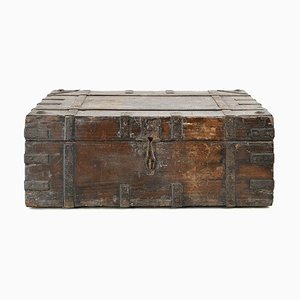
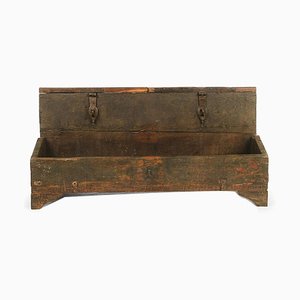

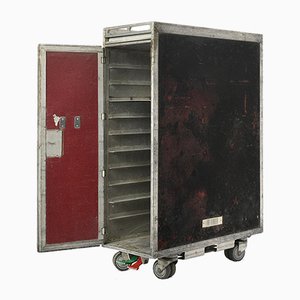
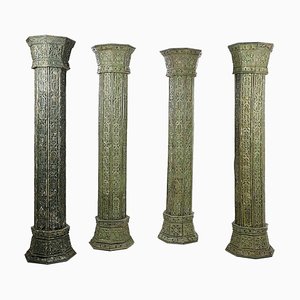

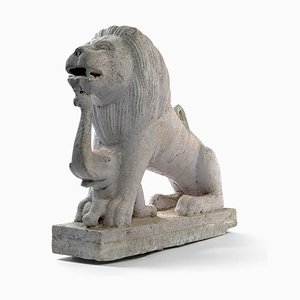
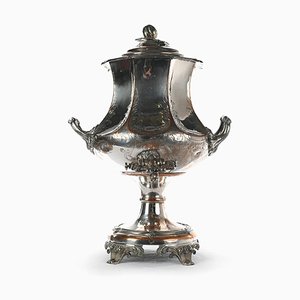


Contattaci
Fai un'offerta
Abbiamo notato che sei nuovo su Pamono!
Accetta i Termini e condizioni e l'Informativa sulla privacy
Contattaci
Fai un'offerta
Ci siamo quasi!
Per seguire la conversazione sulla piattaforma, si prega di completare la registrazione. Per procedere con la tua offerta sulla piattaforma, ti preghiamo di completare la registrazione.Successo
Grazie per la vostra richiesta, qualcuno del nostro team vi contatterà a breve.
Se sei un professionista del design, fai domanda qui per i vantaggi del Programma Commerciale di Pamono